How to Grow Mona Lavender Plectranthus: Tips for Lush, Vibrant Plants
- March 11, 2024
- 0 comment
Mona Lavender Plectranthus (Plectranthus Mona Lavender) is a stunning, easy-to-grow plant known for its vibrant lavender blooms and lush, dark green foliage. Originating from South Africa, this hybrid plant has gained popularity among gardeners and indoor plant enthusiasts for its striking appearance and low maintenance. In this guide, we’ll delve into the key aspects of growing and caring for Mona Lavender Plectranthus, ensuring a thriving, blossoming plant in your garden or home.
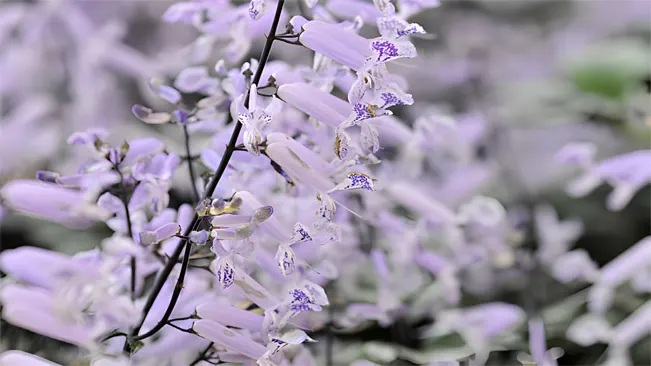
Selecting the Right Location
Light Requirements
- Outdoor Growing: When grown outdoors, Mona Lavender performs best in partial to full shade. This means it should be placed in a location where it receives filtered sunlight or only a few hours of direct morning sunlight. Afternoon sun, especially in hot climates, can be too intense and may lead to leaf burn. Ideal outdoor locations could be under a tree canopy, on a covered patio, or in the shadow of a building for part of the day.
- Indoor Growing: Indoors, Mona Lavender requires bright but indirect light. South- or west-facing windows often provide the best light conditions, but it may be necessary to use sheer curtains or blinds to diffuse intense sunlight. If natural light is limited, supplementing with grow lights can be beneficial. Proper indoor lighting is essential for keeping the plant compact and encouraging flowering.
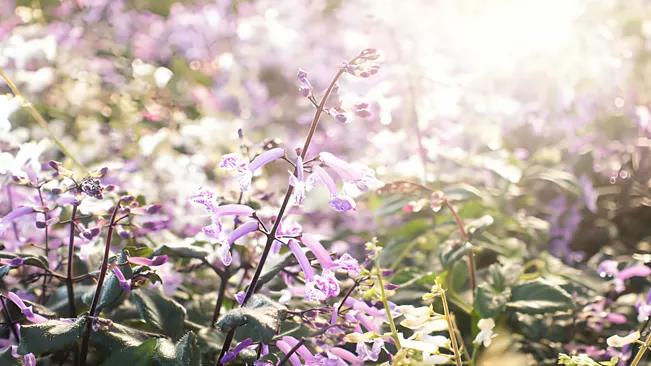
Temperature and Humidity
- Ideal Temperature: Mona Lavender thrives in warm environments. It prefers temperatures consistently above 60°F (15°C). Nighttime temperatures dropping slightly cooler than daytime temperatures are acceptable, but avoid exposure to temperatures below 50°F (10°C) as it can damage the plant.
- Humidity Requirements: This plant enjoys moderate humidity, similar to its native subtropical environment. In dry indoor environments, especially during winter when indoor heating can reduce humidity levels, it might be necessary to increase humidity around the plant. This can be done using a humidifier, placing a water tray with pebbles near the plant, or regular misting.
- Growing in Different Climates: In USDA zones 10-11, Mona Lavender can be grown outdoors year-round. In these zones, the temperatures and humidity levels are generally suitable for its growth. However, if you live in a cooler climate (zones below 10), it’s recommended to grow Mona Lavender as a houseplant or an annual. As a houseplant, it can be placed outside during the warmer months and brought indoors when temperatures start to drop.
Planting and Potting
Soil Composition and Drainage
Mona Lavender thrives in soil that balances moisture retention with good drainage. Here’s why the recommended mixture of potting soil, peat, and perlite is ideal:
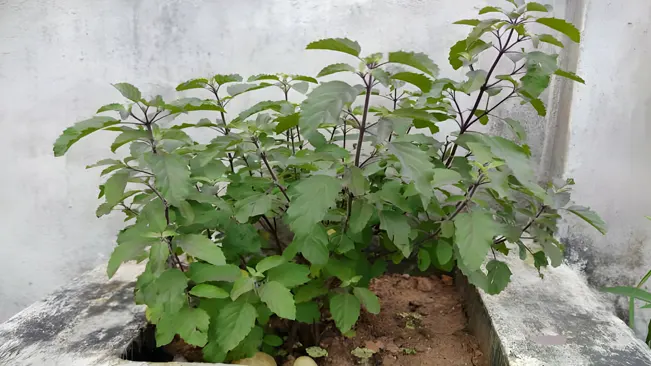
- Potting Soil: Provides the necessary nutrients and holds moisture well. It’s the primary medium that supports the plant’s growth.
- Peat: Enhances the soil’s capacity to retain water, which is beneficial for keeping the roots moist. However, peat can compact over time, so it should be used in moderation.
- Perlite: This is the key to ensuring good drainage. Perlite, a volcanic glass with high water content, is expanded through heating and becomes lightweight. When added to the soil mix, it creates air pockets that improve soil aeration and drainage.
Choosing the Right Pot
The choice of pot is also critical for the well-being of Mona Lavender:
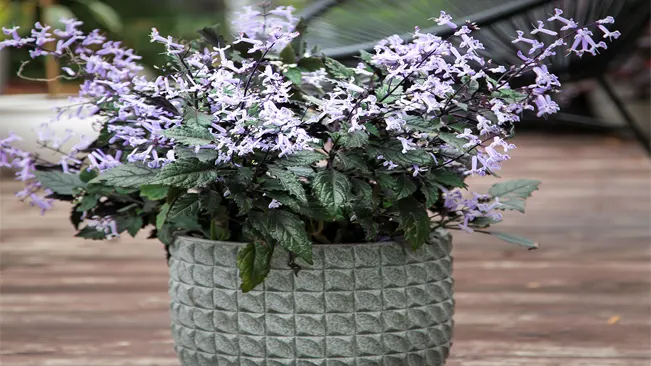
- Size: Selecting a pot slightly larger than the root ball allows the roots to grow and spread without being constricted. However, a pot that’s too large can hold excess moisture and lead to the same waterlogging issues you’re trying to avoid.
- Material: Pots can be made from various materials like plastic, terra cotta, or ceramic. Terra cotta pots are porous and allow for more air movement, which can be beneficial for drainage and preventing soil diseases. Plastic and glazed ceramic pots retain more moisture, so watering frequency may need adjustment.
- Drainage Holes: This is non-negotiable. A pot must have adequate drainage holes to allow excess water to escape. Without these, water sits at the bottom of the pot, which can lead to root rot and fungal issues.
Watering and Feeding
Watering
The key to successfully watering Mona Lavender lies in finding the right balance – the soil should be moist but not waterlogged. Here are some detailed tips:
- Checking Soil Moisture: Before watering, check the soil moisture by inserting your finger about an inch into the soil. If it feels dry at this depth, it’s time to water. If it still feels moist, wait a day or two and check again.
- Amount of Water: When you water, do so thoroughly until water starts to drain out of the bottom of the pot. This ensures that the entire root system is hydrated.
- Watering Frequency: The frequency of watering will depend on factors like the size of the plant, the pot, the humidity, and temperature of your environment. In general, during the growing season (spring and summer), you might find yourself watering more often, possibly once a week or more.
- Winter Watering: In winter, the plant’s growth slows down, and it requires less water. Let the soil dry out a bit more between waterings during these months.
- Avoiding Overwatering: Overwatering can lead to root rot, a common issue in potted plants. Ensure that your pot has good drainage to avoid water accumulation at the bottom.
Fertilization
Feeding Mona Lavender helps promote healthy growth and vibrant blooms. Here are some guidelines:
- Type of Fertilizer: Use a balanced, water-soluble fertilizer. A balanced fertilizer typically has equal proportions of nitrogen, phosphorus, and potassium (e.g., 10-10-10).
- Frequency: During the growing season, feed the plant every two to four weeks. Regular feeding during these months will support its active growth and blooming.
- Reduced Winter Feeding: In winter, the plant enters a dormant phase and doesn’t require much feeding. Reduce fertilization to once a month or even skip it until the growing season resumes.
- Application: Follow the instructions on the fertilizer package for the correct dilution and application. It’s often best to water the plant first before applying a liquid fertilizer to avoid root burn.
- Observing Plant Response: If you notice signs of over-fertilization, such as salt buildup on the soil surface or leaf burn, reduce the frequency and amount of fertilizer.
Pruning and Maintenance
Pruning
Pruning is essential not just for maintaining the shape and size of Mona Lavender but also for encouraging healthier, denser growth and more prolific blooming. Here’s how to do it effectively:
- Timing: The best time to prune is in the spring or early summer, as this gives the plant time to produce new growth which will flower in the same season.
- Technique: Use clean, sharp scissors or pruning shears. Make cuts just above a leaf node (the point where a leaf attaches to the stem). This encourages the plant to branch out at that point.
- Pinching: This is a gentle form of pruning. Simply use your fingers to pinch off the very tips of the stems. This is particularly useful for young plants to encourage a bushier habit.
- Deadheading: Regularly remove spent flowers (deadheading) to promote more blooms. This prevents the plant from using energy to make seeds, directing it instead to flower production.
- Rejuvenation: If the plant becomes too leggy or overgrown, don’t be afraid to cut it back hard. Mona Lavender can handle significant pruning and will often respond with vigorous new growth.
Pest Control
Pest management is crucial in maintaining the health and beauty of Mona Lavender. Here are some common pests and how to control them:
- Aphids: These small, sap-sucking pests can be found on the undersides of leaves and stems. They can cause stunted growth and distorted leaves.
- Spider Mites: These tiny pests also suck plant juices, leading to speckled, discolored leaves, and webbing on the plant.
- Control Methods:
- Inspection: Regularly check your plant, especially the undersides of leaves, for signs of pests.
- Water Spray: A strong jet of water can help dislodge aphids and spider mites.
- Insecticidal Soap: This is a safe and effective way to control many soft-bodied pests. Apply according to the product instructions.
- Neem Oil: This natural oil is effective against a range of pests and also has some fungicidal properties. It’s safe for the plant but should be applied in the evening or on cloudy days to avoid leaf burn.
- Prevention: Keeping your plant healthy is the best pest prevention. Stressed plants are more susceptible to infestations. Ensure your Mona Lavender is well-cared for with the right light, water, and nutrients.
Propagation
Mona Lavender can be easily propagated by stem cuttings. Take a 4-6 inch cutting, remove the lower leaves, and plant it in moist soil. Keep it in a warm, bright spot until it roots, which typically takes a few weeks.
Step-by-Step Guide to Propagating Mona Lavender:
- Choosing the Right Cutting:
- Look for a healthy stem that is about 4-6 inches long. It’s best to choose a stem that has new growth but is not overly mature or woody.
- Preparing the Cutting:
- Use a sharp, clean pair of scissors or pruning shears to make a clean cut just below a leaf node (the point on the stem where leaves are growing).
- Remove the leaves from the lower half of the cutting. This is important as leaves submerged in soil can rot and negatively affect rooting.
- Rooting Hormone (Optional):
- Though not mandatory, applying a rooting hormone to the cut end can encourage root growth. This can be particularly helpful if you’re propagating in less-than-ideal conditions.
- Planting the Cutting:
- Plant the cutting in a pot filled with moist, well-draining soil. A mix of peat, perlite, and potting soil is ideal. Insert the cutting about 1-2 inches deep into the soil.
- Gently firm the soil around the cutting to support it.
- Creating a Humid Environment:
- To help maintain humidity, you can cover the pot with a plastic bag or a clear plastic dome. Make sure to leave some openings for air circulation to prevent mold growth.
- Place the pot in a warm, bright spot, but away from direct sunlight which can be too harsh for the cutting.
- Caring for the Cutting:
- Keep the soil consistently moist but not soggy. Overwatering can cause the cutting to rot.
- Monitor the humidity level if using a cover, and ventilate occasionally to allow fresh air in.
- Root Development:
- Rooting typically takes a few weeks. You can gently tug on the cutting after about 3-4 weeks to feel if there’s resistance, indicating root growth.
- Once you notice new growth or confirmed root development, you can gradually acclimate the plant to normal conditions by removing the humidity cover if used.
- Transplanting:
- When the plant is established and shows healthy growth, you can transplant it to a larger pot or to its final location.
Common Challenges
Leggy Growth
- Cause: Leggy growth in plants often results from inadequate light. When plants don’t receive enough light, they tend to stretch towards the light source, leading to long, thin stems rather than compact, bushy growth.
- Solution: To combat leggy growth, increase the amount of light the plant receives. This doesn’t mean direct sunlight, which can be harmful, but rather bright, indirect light. Consider moving your plant to a location where it will receive more ambient light, such as near a window with sheer curtains. If natural light is limited, artificial grow lights can be an effective alternative. Regular pruning can also encourage the plant to grow more densely.
Leaf Drop
- Overwatering: Overwatering is a common issue and can lead to root rot, which causes leaves to drop. Mona Lavender prefers moist soil but does not like to sit in water.
- Solution: Ensure the pot has good drainage and adjust your watering schedule. Water the plant only when the top inch of the soil feels dry to the touch.
- Underwatering: If the plant does not receive enough water, it will start to shed leaves to conserve water and energy.
- Solution: Establish a regular watering schedule. Check the soil moisture level frequently, especially in warmer weather when the soil may dry out quicker.
- Cold Drafts: Mona Lavender does not tolerate cold drafts well. Exposure to cold can shock the plant, causing leaves to drop.
- Solution: Keep the plant away from drafty windows or doors, especially during the cooler months. If you live in a particularly cold climate, consider providing a more stable indoor environment during winter.
Conclusion
To successfully grow Mona Lavender Plectranthus, provide it with bright, indirect light and plant it in well-draining soil, ensuring consistent moisture without overwatering. Fertilize regularly during the growing season and prune to encourage bushy growth and more blooms. Be vigilant about common issues like leggy growth and leaf drop, adjusting care routines as necessary to maintain a healthy, vibrant plant. With these simple but effective care steps, Mona Lavender can be a stunning addition to both indoor and outdoor gardens.
FAQs (Frequently Asked Questions)
1. What is the best location for planting Mona Lavender?
Mona Lavender prefers partial to full shade outdoors and bright, indirect light indoors. Avoid direct sunlight to prevent leaf scorching.
2. What type of soil is suitable for Mona Lavender?
It thrives in well-draining soil. A mix of potting soil, peat, and perlite is ideal.
3. How often should Mona Lavender be watered?
Water when the top inch of soil feels dry. Keep the soil consistently moist but not waterlogged. Water less frequently in winter.
4. Does Mona Lavender need regular fertilization?
Yes, fertilize every two to four weeks during the growing season with a balanced, water-soluble fertilizer. Reduce feeding in winter.
5. How do I propagate Mona Lavender?
Propagate by stem cuttings. Take a 4-6 inch cutting, remove the lower leaves, and plant it in moist soil until roots develop.
6. How can I encourage more blooms in Mona Lavender?
Regular pruning, adequate light, and proper fertilization can encourage more blooms. Pinch off the tips to promote bushier growth.
7. What are common pests that affect Mona Lavender, and how can I manage them?
Watch for aphids and spider mites. Treat with insecticidal soap or neem oil if infestations occur.
8. Can Mona Lavender be grown as an indoor plant?
Absolutely. It makes a great indoor plant with sufficient indirect light and proper care.
9. What should I do if my Mona Lavender is growing leggy?
Leggy growth often indicates insufficient light. Move it to a brighter location, and consider pruning to encourage bushier growth.
10. How cold-tolerant is Mona Lavender?
Mona Lavender is not highly cold-tolerant. It prefers warm temperatures. In cooler climates, it’s best grown as a houseplant or an annual.

Kristine Moore
Forestry AuthorI'm Kristine Moore, a seasoned garden landscaping professional with over 30 years of experience. My extensive career has been dedicated to transforming outdoor spaces into stunning, sustainable landscapes. With a deep understanding of horticulture, design principles, and environmental stewardship, I have become a respected figure in the field, known for creating harmonious, visually appealing, and eco-friendly gardens. My commitment to excellence and continuous learning in landscaping trends and techniques has solidified my reputation as an expert in garden design and implementation.

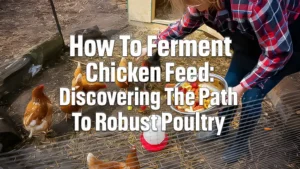
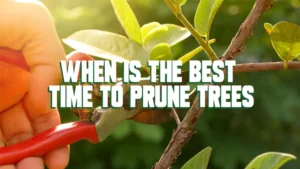

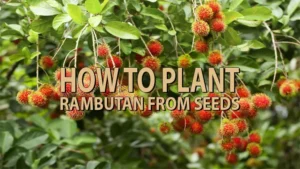
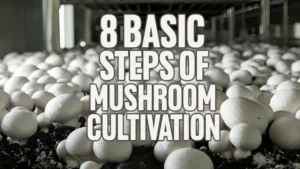



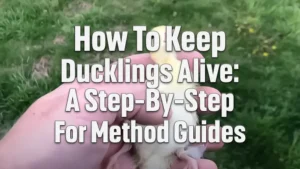
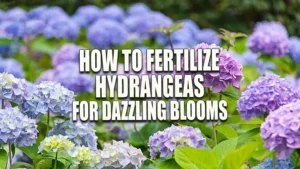
Leave your comment